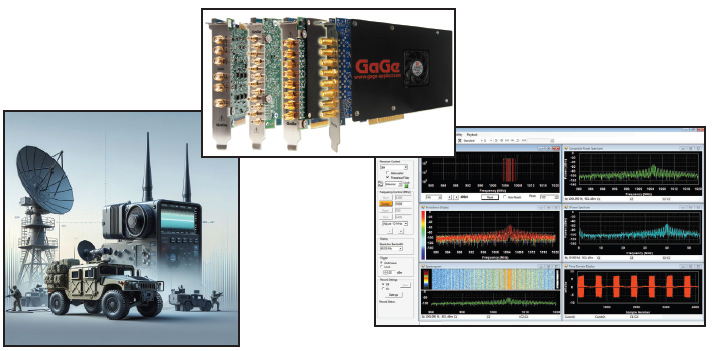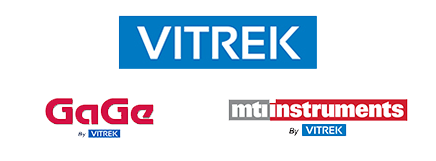Sponsored by Vitrek, LLCReviewed by Olivia FrostAug 15 2025
A moving military test vehicle was equipped with a radar system. From a fixed location, a user needed to capture the radar signals emitted by the vehicle during a motion sequence lasting approximately one minute. This article outlines how Vitrek’s Gage RazorPlus CSE 16502 digitizer met the performance requirements for this task.

Image Credit: Vitrek, LLC
System Overview
The radar system sends out narrowband signals in the X band (8-12 GHz). These signals are then down-converted to a lower frequency range of 0 to 200 MHz via a downconverter.
The down-converter produces two output signals, I and Q, which must be captured simultaneously at a sampling rate of 500 MegaSamples per second (MS/Second) during the one-minute motion sequence.
GaGe RazorPlus CSE 16502 Solution
The Gage RazorPlus CSE 16502 digitizer was well-suited for this application due to the following key features:
- Analog Input Bandwidth: The 250 MHz analog input bandwidth supports radar signals from 0-200 MHz with little attenuation.
- Sampling Rate: RazorPlus has two input channels and a sampling rate of up to 500 MS/Second, meeting digitizer specifications.
- Resolution: The 16-bit resolution enables the user to probe signals with a wide dynamic range, including both big and tiny amplitude components.
- Inter-Channel Simultaneity: The RazorPlus digitizes the two signals (I and Q) with sufficient simultaneity. Skew jitter—defined as the standard deviation of the skew over time—is limited to just a few picoseconds. At the maximum signal frequency of 200 MHz, this translates to a fraction of a degree in signal phase angle, far surpassing the customer’s requirements.
- Continuous Acquisition Duration: The one-minute test duration requires continuous data acquisition at an aggregate rate of 2 GB/Second. Since the RazorPlus has 8 GB of onboard memory—enough for only about 4 seconds of data—it operates in Streaming Mode to meet this requirement. In this mode, waveform data passes through the onboard memory and is continuously transferred to a streaming target via the PCI Express (PCIe) bus. As a Gen 3 PCIe card, the RazorPlus supports sustained transfer rates over 5 GB/Second, easily handling the 2 GB/Second data stream.
Streaming Mode Operation
During streaming, waveform data was fed into a pair of dedicated toggling PC RAM memory buffers. One buffer was loaded with new RazorPlus waveform data, while the other was emptied and its contents sent to the streaming target.
This method ensured that no data was lost, as long as the target could empty one buffer before the other was refilled.
Storage and Analysis
The user required a modest total data volume of 120 GB, which fit comfortably within PC RAM.
Vitrek supplied a turn-key Gage Sig-Station PC, preconfigured with the RazorPlus hardware and all necessary software.
The system included 256 GB of RAM—more than enough to serve as the streaming target for the 120 GB acquisition. Once the acquisition was complete, the data in RAM was saved to conventional storage. The user then processed the binary waveform files in MATLAB to analyze the radar emission signals and extract key parameters.
Conclusion
Using Vitrek’s Gage RazorPlus digitizer, its streaming technology, and software installed on a Gage Sig-Station PC, the user was able to develop a reliable recording system capable of capturing and analyzing one-minute radar emission sessions.
The solution delivered high precision, wide dynamic range, and uninterrupted data acquisition for radar signals generated by the military test vehicle.

This information has been sourced, reviewed and adapted from materials provided by Vitrek, LLC.
For more information on this source, please visit Vitrek, LLC.